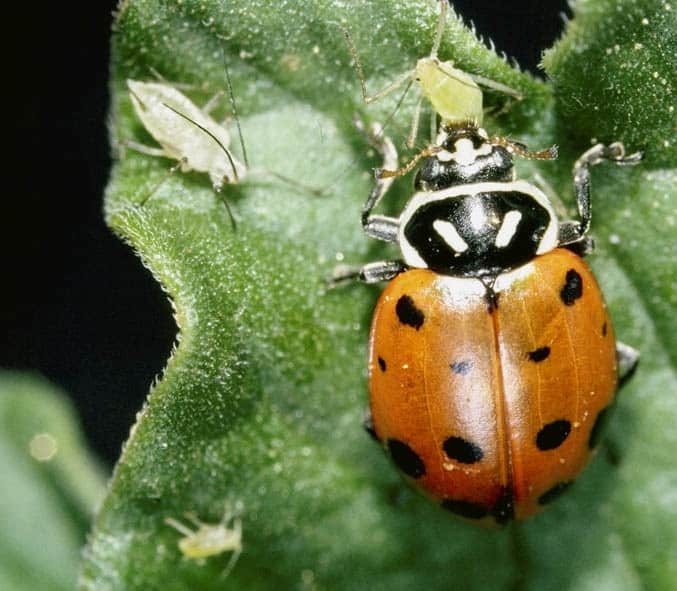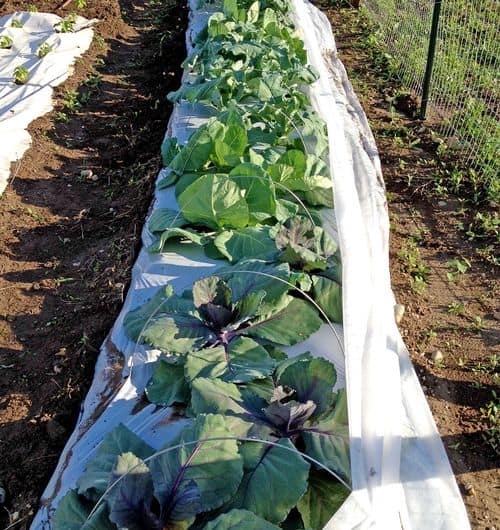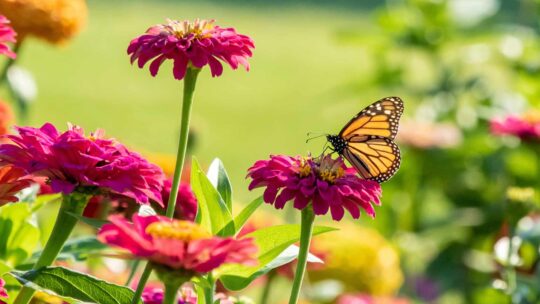
From weather conditions to insect pressures, garden pest control is certainly a labor of love. And, few people know the time and attention required to manage them better than environmental scientist Grae Buck.
Aside from the nuisance that invasive insects present, they’re also incredibly detrimental to horticulture, agriculture, timber, and food systems industries. But, there are small-scale strategies you can employ to control invasive insects in your own backyard—and backyard garden.
Invasive species are non-native, foreign pests that cause ecological harm. They also often lack native predators and have a tendency to take over an environment or outcompete beneficial native species. From the Spotted Lanternfly to the Emerald Ash Borer in Grae’s home state of Pennsylvania, invasive species are all too familiar for most homeowners.
There are three main strategies to consider where garden pest control is concerned. Each strategy has pros and cons, and their effectiveness depends on numerous factors including: degree, and area, of infestation; insect lifecycle; native insect habitat; and physical ability to accomplish the goal. Integrated pest management, or IPM, is a comprehensive, calculated methodology for tackling garden pests. This strategy incorporates numerous practices and tactics to formulate the most efficient and effective management strategy needed to suppress invasive pests. IPM includes scouting, identification, treatment/control, and ongoing monitoring and maintenance. Knowledge of an insect’s lifecycle and timing of management play critical roles in ensuring successful control efforts.
Contact a local horticultural professional to assist with an invasive pest problem, as needed.
Biological Control

This method of control uses the invasive pest species’ own enemies against them. These biological control agents can be any predatory organisms, such as insects, animals, fungi and bacteria. Biological control can be accomplished through predation or disease. For instance, researchers are currently testing a new fungal species as a possible control agent against the invasive Asian Spotted Lanternfly. A backyard example is releasing native ladybug species to control aphids on vegetable garden crops. Another simple example is using marigold flowers as an odor repellent to deter insect and animal pests from desired species. This method of control is the most environmentally conscious and minimally invasive to the native habitat, as it combats the invasive species using another native, living species instead of through artificial means. (Photo Courtesy – Cornell University)
Mechanical Control

This method of control involves physical removal and limitation of invasive pest species to minimize populations and reproduction, or through the use of physical barriers. This method is also less invasive than chemical control, but can be highly labor-intensive and time-consuming. It’s best suited for use on smaller infestations, or in situations where other methods may not be appropriate (such as near environmentally sensitive areas, or in gardens where chemical controls could also affect desired native species or water resources). An example of mechanical control includes scraping insect egg masses, hand smashing insects, trapping insects, or employing protective netting to protect a plant. (Photo Courtesy – Michigan State)
Chemical Control
As the name implies, this method of control uses chemical means to control invasive pests. These include insecticides, pesticides, herbicides and fungicides. Permits or licenses may be required, and caution should be taken to prevent impact to native and sensitive species. Proper personal protective equipment (PPE) should always be used, and sensitive areas like wetlands and water bodies should be considered. If utilizing chemical control, proper application rate and timing must be followed to minimize the risk to beneficial species, as well as ensure successful pest species control. An example of chemical control is spraying a plant with an insecticide to kill the species on contact, or through feeding.



